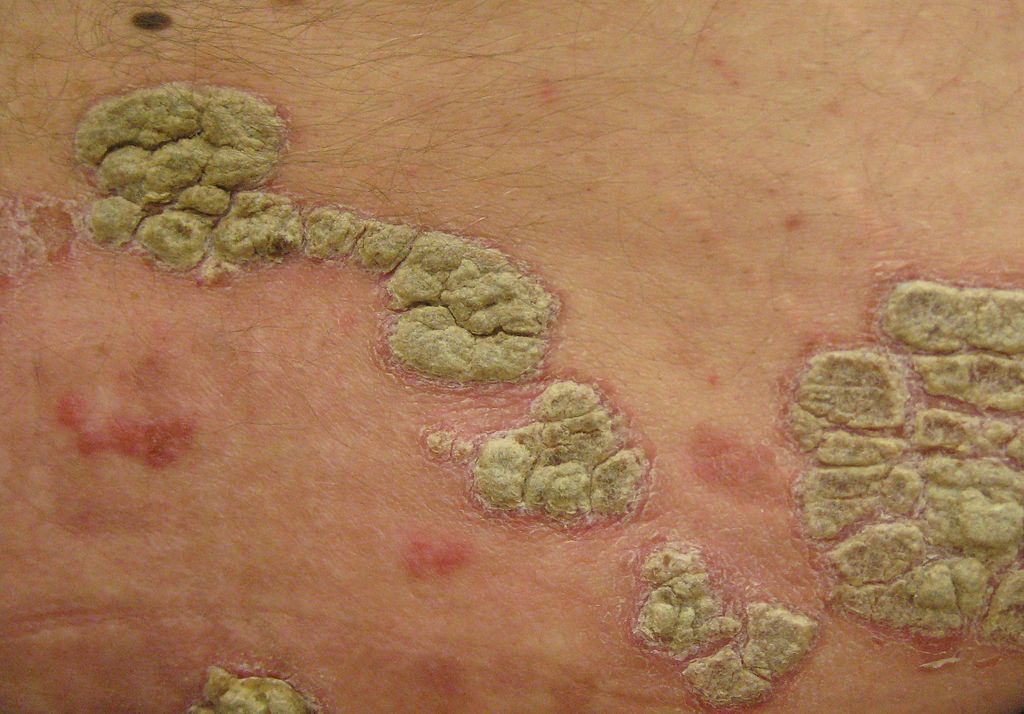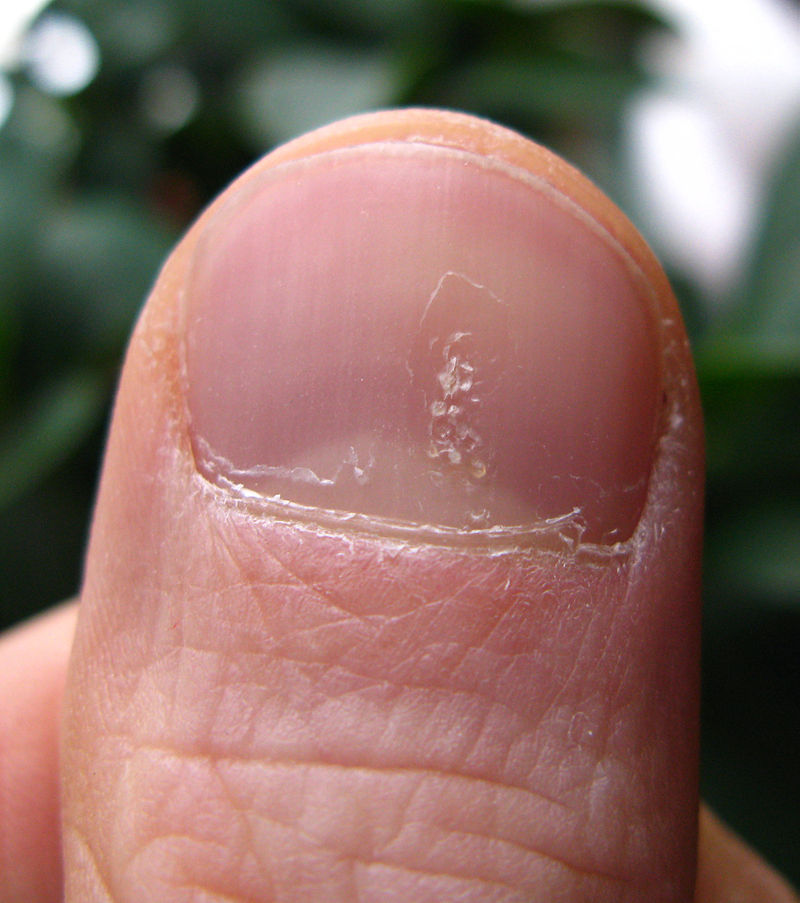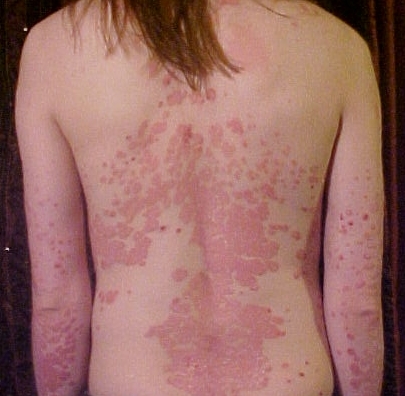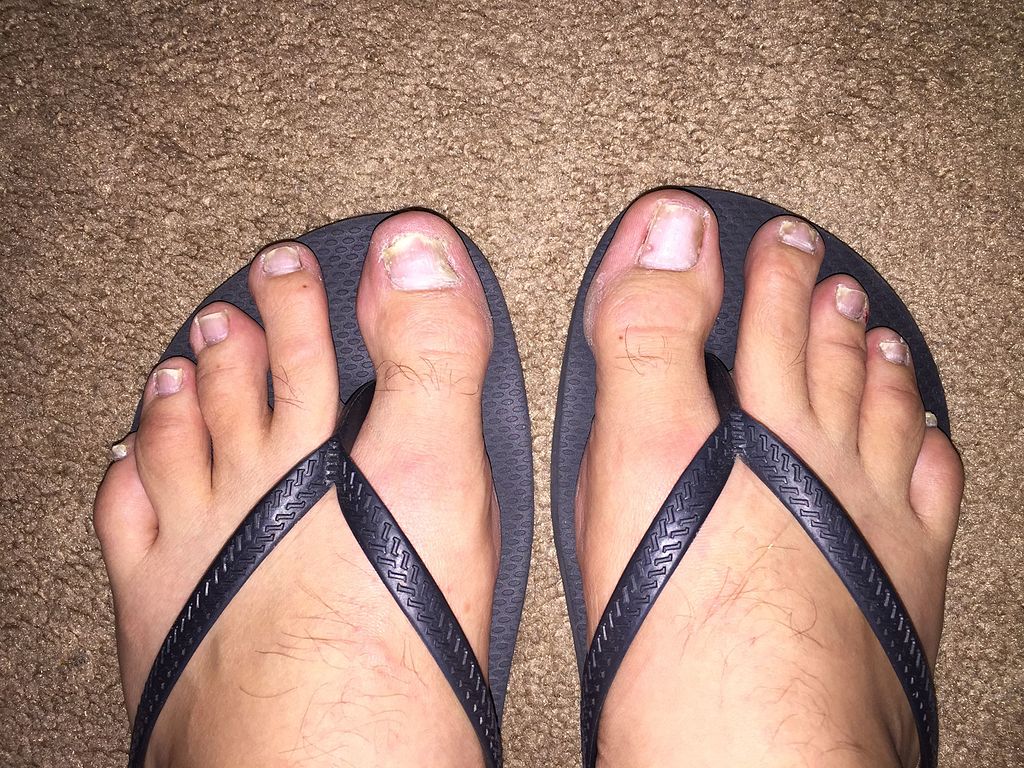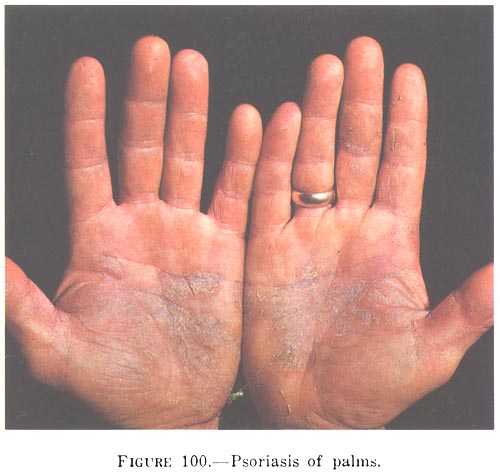What Is Psoriasis?
Psoriasis is a skin disease that causes scaling and inflammation (pain, swelling, heat, and redness). Skin cells grow deep in the skin and slowly rise to the surface. This process is called cell turnover, and it takes about a month. With psoriasis, it can happen in just a few days because the cells rise too fast and pile up on the surface. Sponsored links: Treatment of Psoriasis
Most psoriasis causes patches of thick, red skin with silvery scales. These patches can itch or feel sore. They are often found on the elbows, knees, other parts of the legs, scalp, lower back, face, palms, and soles of the feet. But they can show up other places such as fingernails, toenails, genitals, and inside the mouth.
Who Gets Psoriasis?
Anyone can get psoriasis, but it occurs more often in adults. In many cases, there is a family history of psoriasis. Certain genes have been linked to the disease. Men and women get psoriasis at about the same rate. Sponsored links: Plaque psoriasis treatment
What Causes Psoriasis?
Psoriasis begins in the immune system, mainly with a type of white blood cell called a T cell. T cells help protect the body against infection and disease. With psoriasis, T cells are put into action by mistake. They become so active that they set off other immune responses. This leads to swelling and fast turnover of skin cells. People with psoriasis may notice that sometimes the skin gets better and sometimes it gets worse. Things that can cause the skin to get worse include:
How Is Psoriasis Diagnosed?
Psoriasis can be hard to diagnose because it can look like other skin diseases. The doctor might need to look at a small skin sample under a microscope. Sponsored links: Scalp psoriasis treatment
How Is Psoriasis Treated?
Treatment depends on:
All treatments don’t work the same for everyone. Doctors may switch treatments if one doesn’t work, if there is a bad reaction, or if the treatment stops working. Sponsored links: Psoriasis treatment
Topical Treatment:
Treatments applied right on the skin (creams, ointments) may help. These treatments can:
Light Therapy:
Natural ultraviolet light from the sun and artificial ultraviolet light are used to treat psoriasis. One treatment, called PUVA, uses a combination of a drug that makes skin more sensitive to light and ultraviolet A light. Sponsored links: Treatment of Psoriasis
Systemic Treatment:
If the psoriasis is severe, doctors might prescribe drugs or give medicine through a shot. This is called systemic treatment. Antibiotics are not used to treat psoriasis unless bacteria make the psoriasis worse.
Combination Therapy:
When you combine topical (put on the skin), light, and systemic treatments, you can often use lower doses of each. Combination therapy can also lead to better results. Sponsored links: Plaque psoriasis treatment
Source URL: http://www.niams.nih.gov/Health_Info/Psoriasis/psoriasis_ff.asp
Source Agency: National Institute of Arthritis and Musculoskeletal and Skin Diseases (NIAMS)


